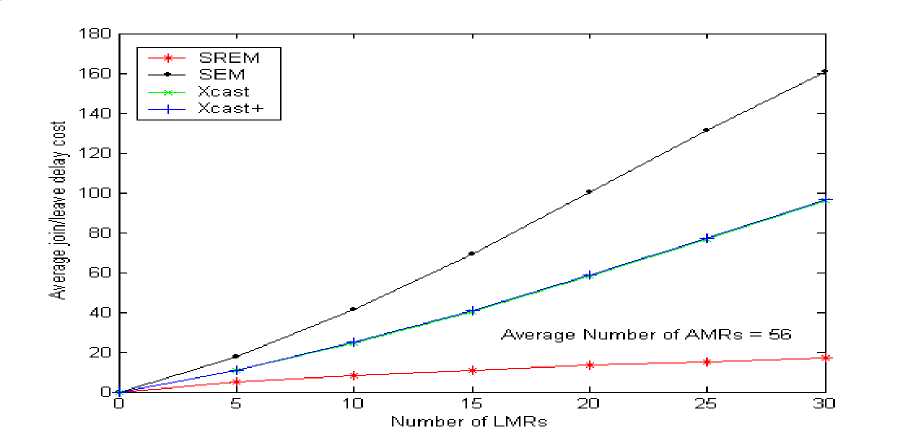Figure 4.24 shows the average join/leave delay cost versus the number of LMRs. The join/
leave delay is the smallest in comparison with the other three protocols. This result because
in SReM the join /leave is done locally and dynamically where in the other three considered
protocols joining and leaving of members needs tree reconstruction as in SEM which will
cause a high value of delay.

Figure 4.24 Average join/leave delay cost versus the number of LMRs
4.6.2 Simulation analysis
Using simulation is very helpful when studying the performance of routing protocols before
applying these protocols in practice. The simulation gives the opportunity to know the ideal
scenarios for the proposed protocol. The purpose of this section and the next subsections is to
study and compare the performance of the scalable recursive multicast routing protocol
SReM which are discussed previously in this chapter.
The simulation implemented in this research did not consider the joining/leaving messages
between LMRs and receivers or the way of delivering data packets from the LMRs to the
receivers, the end point of our simulation is the LMRs. This is because the method used for
exchanging packets between the LMRs and the receivers is done by standard multicast for
the proposed protocol and Xcast+.
90
More intriguing information
1. The name is absent2. LOCAL CONTROL AND IMPROVEMENT OF COMMUNITY SERVICE
3. Monetary Discretion, Pricing Complementarity and Dynamic Multiple Equilibria
4. Equity Markets and Economic Development: What Do We Know
5. Cyber-pharmacies and emerging concerns on marketing drugs Online
6. Clinical Teaching and OSCE in Pediatrics
7. Improvements in medical care and technology and reductions in traffic-related fatalities in Great Britain
8. EXECUTIVE SUMMARIES
9. A Dynamic Model of Conflict and Cooperation
10. The name is absent